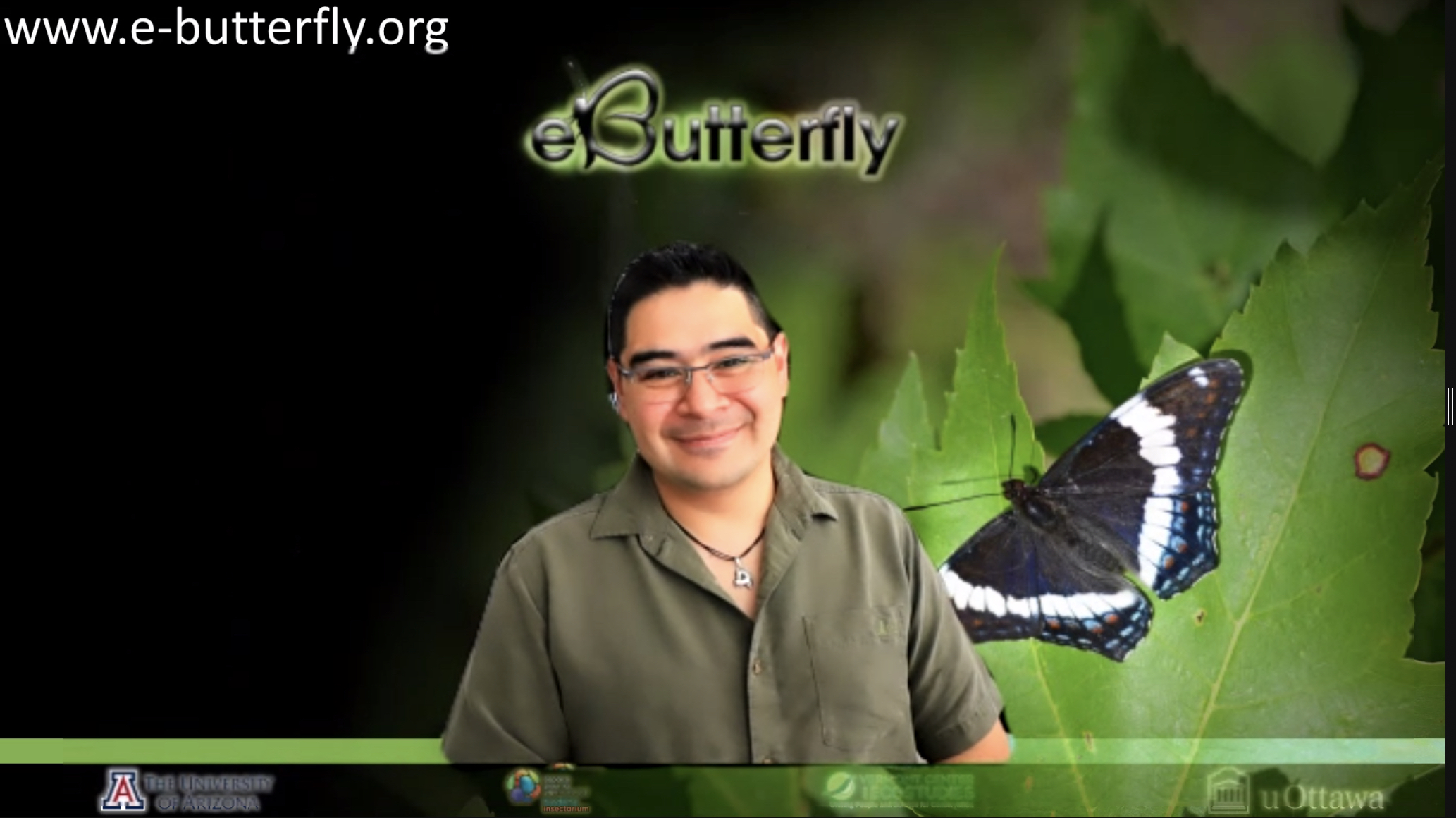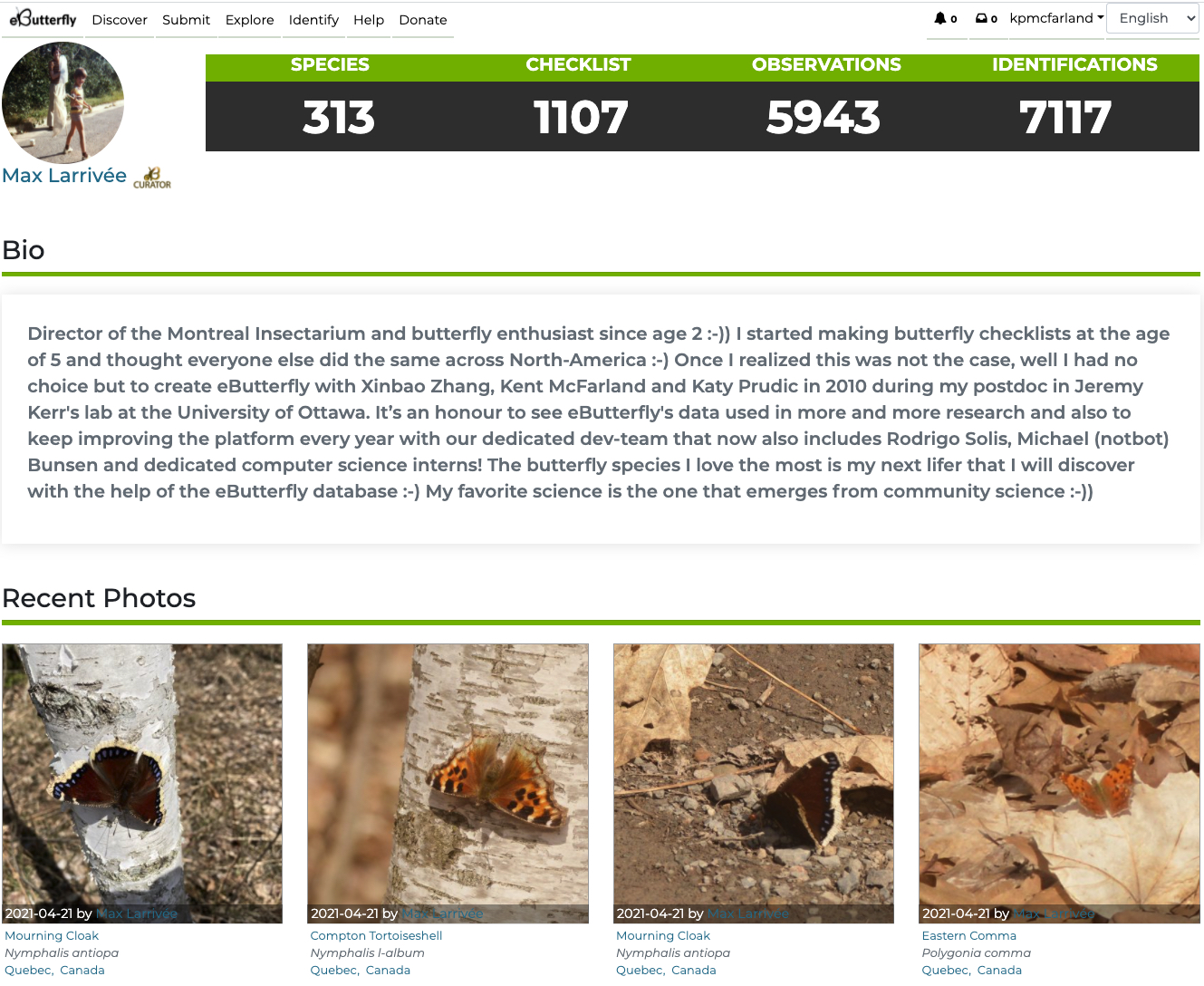(English) eButterflying Your 4th of July Count
(English) The 4th of July Butterfly Count season is here! Each year, hundreds of butterfly enthusiasts participate in a cooperative effort to count butterflies within established 15-mile diameter survey circles. Most counts depend on the efforts of multiple parties, with each individual or team checking different parts of the survey circle, then combining their counts into a final count total. These tallies are then used to compare between years. The counts are an important and long-running survey that help understand changes in butterfly populations at large scales. Your checklists can also be important for eButterfly too!

